Primary Biliary Cholangitis (Clinical)
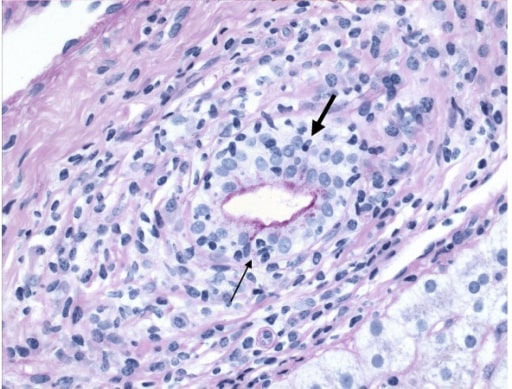
Overview Epidemiology[1] Etiology Pathophysiology Clinical Presentation Primary biliary cholangitis has a wide range of symptoms. The condition is often asymptomatic in the early phase and features symptoms of decompensated cirrhosis in the late phase. Diagnosis There may be variations in practice based on location. Review detailed recommendations for different regions (US, UK, Europe). Diagnostic testing […]
Prostatitis (Clinical)
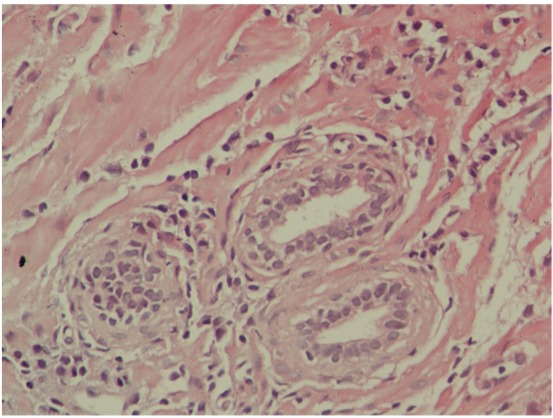
Overview Definition[1–4] Prostatitis is inflammation of the prostate gland that presents as different syndromes: Asymptomatic inflammatory prostatitis: non-infectious, nonspecific prostate gland inflammation (type IV) Epidemiology and etiology[1–3] Clinical Presentation Acute bacterial prostatitis[4,5] Chronic bacterial prostatitis[8] Chronic pelvic pain syndrome and asymptomatic inflammatory prostatitis Diagnosis Physical exam Diagnostic approach Acute and chronic bacterial prostatitis are worked […]
Primary Sclerosing Cholangitis (Clinical)
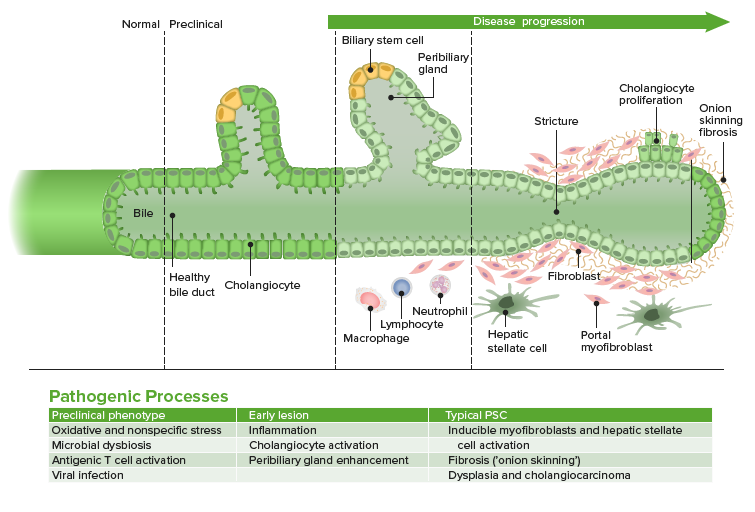
Overview Definition Primary sclerosing cholangitis (PSC) is a liver disease characterized by intrahepatic and extrahepatic bile duct inflammation and fibrosis, forming multifocal bile duct strictures.[8,14] It is important to differentiate PSC from:[5,8,9,14] Epidemiology Etiology The cause of primary sclerosing cholangitis (PSC) is unknown, but the disease is associated with: Pathophysiology Clinical Presentation Though many patients […]
Cholelithiasis (Clinical)
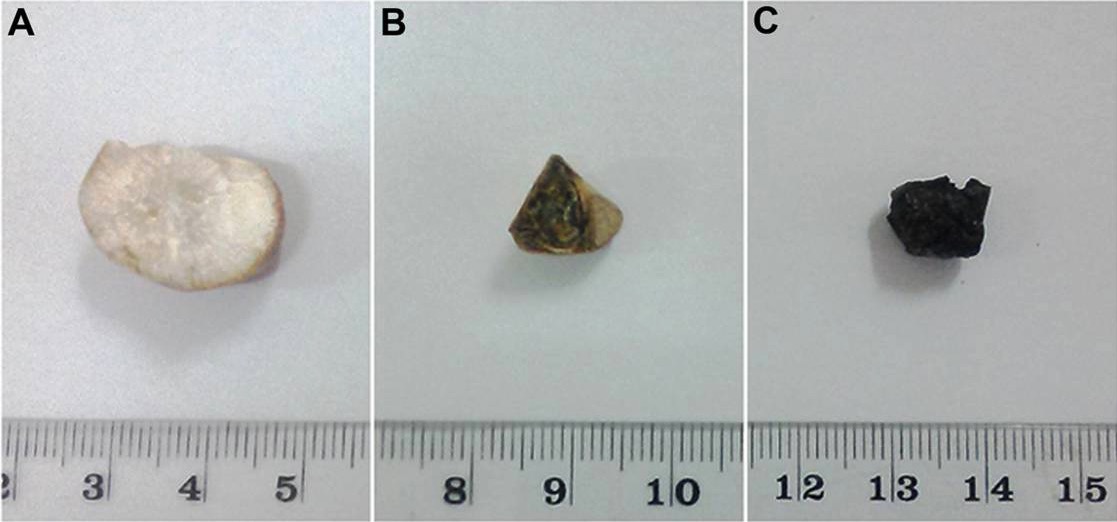
Overview Definition Cholelithiasis is the presence of gallstones in the gallbladder.[1] Epidemiology[2] Etiology Cholesterol stones (80%)[2,5,9] Pigment stones (10%)[2,5,9] Brown stones (“mixed”; 10%)[2,5] Mnemonic Risk factors for cholesterol stones: 4 Fs Pathophysiology and Clinical Presentation Pathophysiology[1,2] Clinical presentation[1,4,5,8] Diagnosis General findings[1,4,8,9,12] Imaging Management Management guidelines may vary depending on practice location. The following information is […]
Cholecystitis (Clinical)
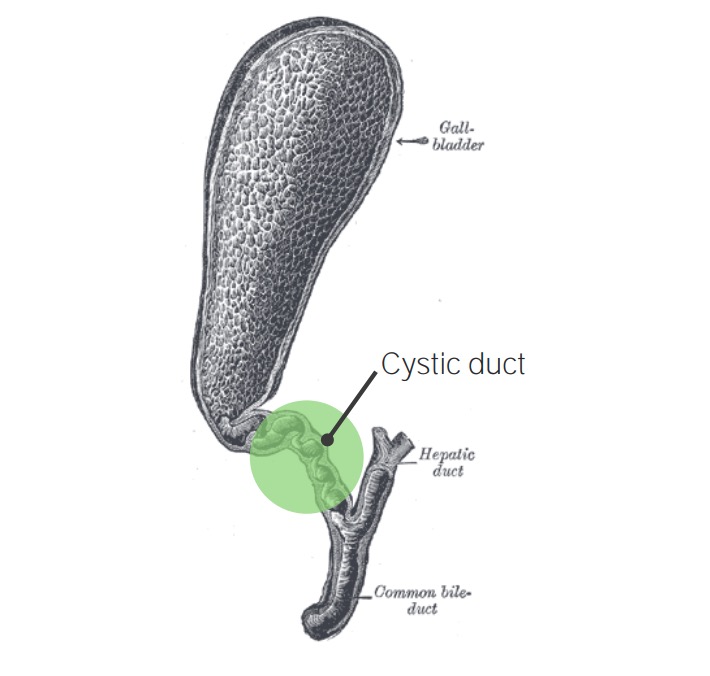
Overview Definition Cholecystitis is the inflammation of the gallbladder (GB). Types: Epidemiology[1,3] Etiology and Pathophysiology Clinical Presentation History[1,3] Examination[1,3,5,7,8] Diagnosis Diagnosing acute cholecystitis requires a combination of clinical, laboratory, and imaging studies. Physical examination[5,7,8] Laboratory tests[5,7,8] Imaging[5,7,8] Diagnostic criteria for acute cholecystitis[5] The Tokyo Guidelines proposed the following criteria to diagnose acute cholecystitis. Diagnosis requires […]
Acute Cholangitis (Clinical)
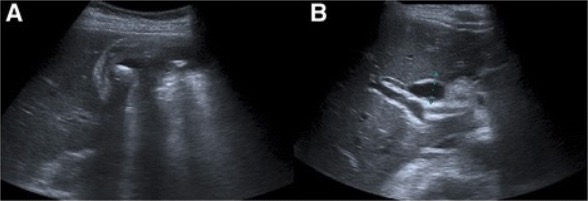
Overview Epidemiology[2] Etiology[1,2 5,9] Mnemonic: Bacteria responsible for cholangitis—KEEPS: Pathophysiology[1,2] Clinical Presentation Diagnosis Clinical evaluation Laboratory tests The next step in evaluation is determining presence of inflammation and biliary obstruction/stasis.[5,6,13] Imaging and diagnostic procedures[6,7,10] Imaging is necessary to confirm the diagnosis and to exclude other conditions. Generally, on initial presentation, ultrasonography and CT are performed […]
Hashimoto Thyroiditis (Clinical)
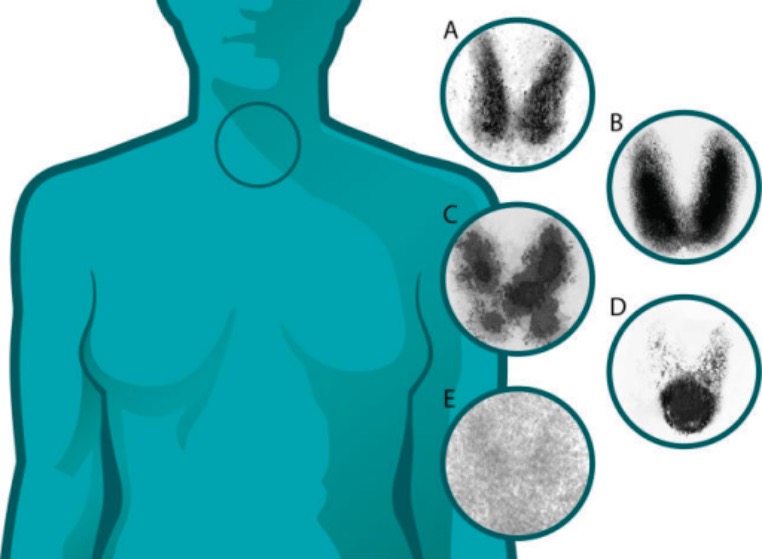
Overview Definition[1] Hashimoto’s thyroiditis is an autoimmune thyroid disease resulting in the destruction and failure of the thyroid gland. Epidemiology[6,7] Etiology[1,4] Exact cause unknown, although genetic and environmental factors play a role: Pathophysiology Immunology[1] When thyroid autoimmunity is induced, progressive depletion of thyroid epithelial cells ensues. Thyroid cell destruction mediated by: Lymphocytic infiltration and fibrosis […]
Hypercalcemia (Clinical)
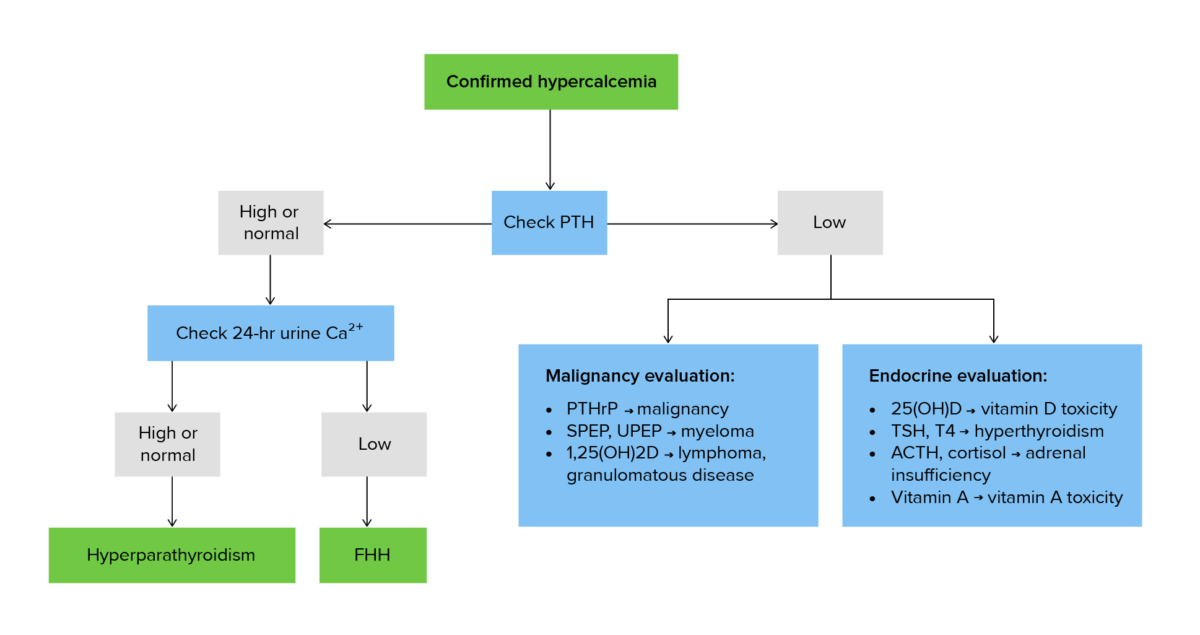
Calcium Homeostasis Calcium[1,5,8] Calcium is the most abundant mineral in the human body, with 99% found in bone alone. Calcium in blood exists in 3 forms: Levels: Importance of calcium: Calcium regulation[1,5,13] Bone, intestine, and kidneys are involved in homeostasis. Key elements of calcium regulation: Epidemiology and Etiology Epidemiology[9,12] Mechanisms[1,13] Hypercalcemia is characterized by elevated […]
Chancroid (Clinical)
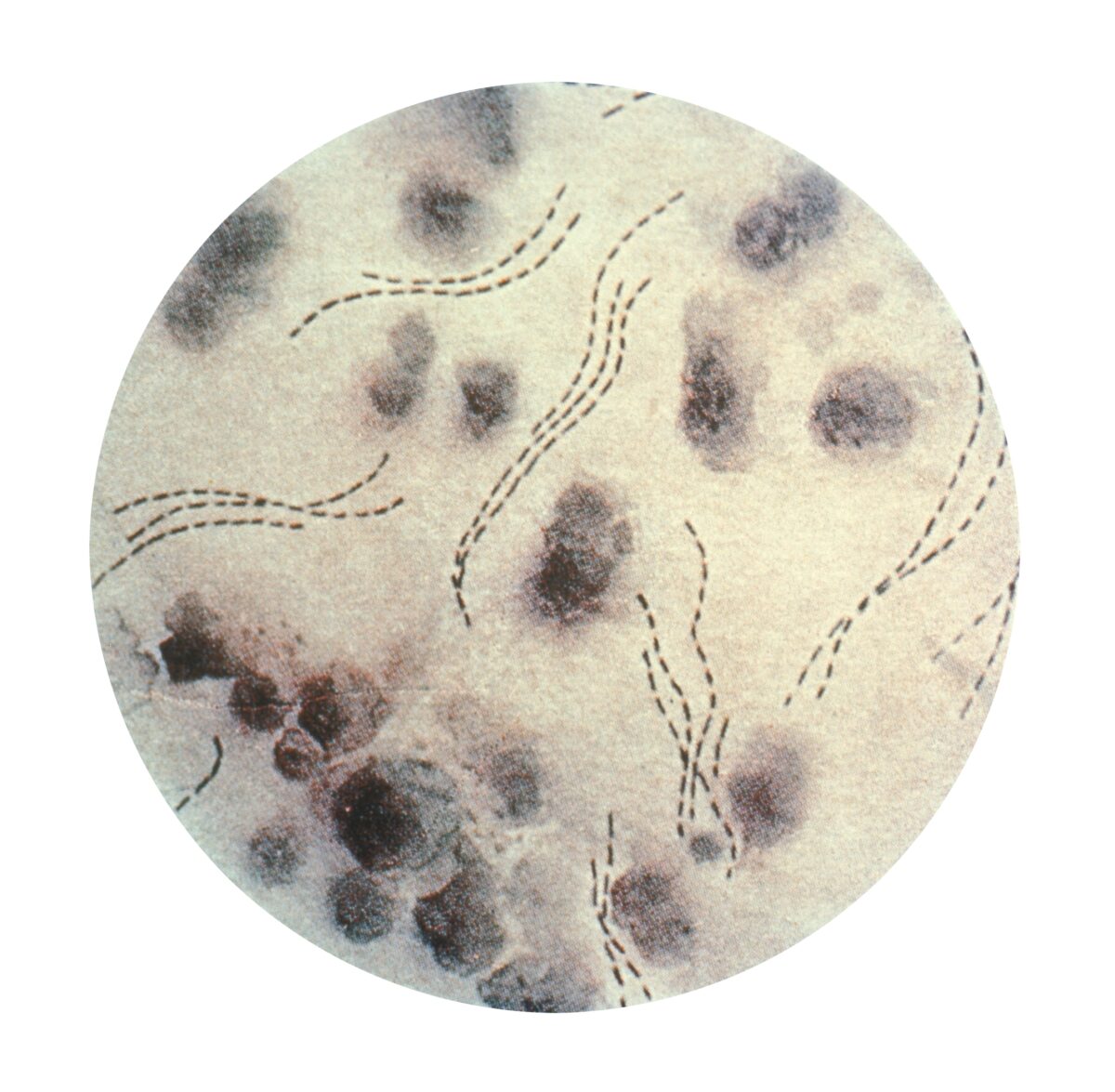
Overview Definition[3–7] Chancroid (soft chancre) is a sexually transmitted disease caused by a bacterium, Haemophilus ducreyi, characterized by painful genital ulcers and suppurative inguinal adenopathy. Etiology[5,7] Epidemiology[2,4,5] Pathophysiology[4–7] Clinical Presentation Diagnosis Diagnosis is made by clinical judgment and tests to rule out the 2 most common causes of genital ulcers, herpes simplex virus (HSV) and […]
Sickle Cell Disease (Clinical)
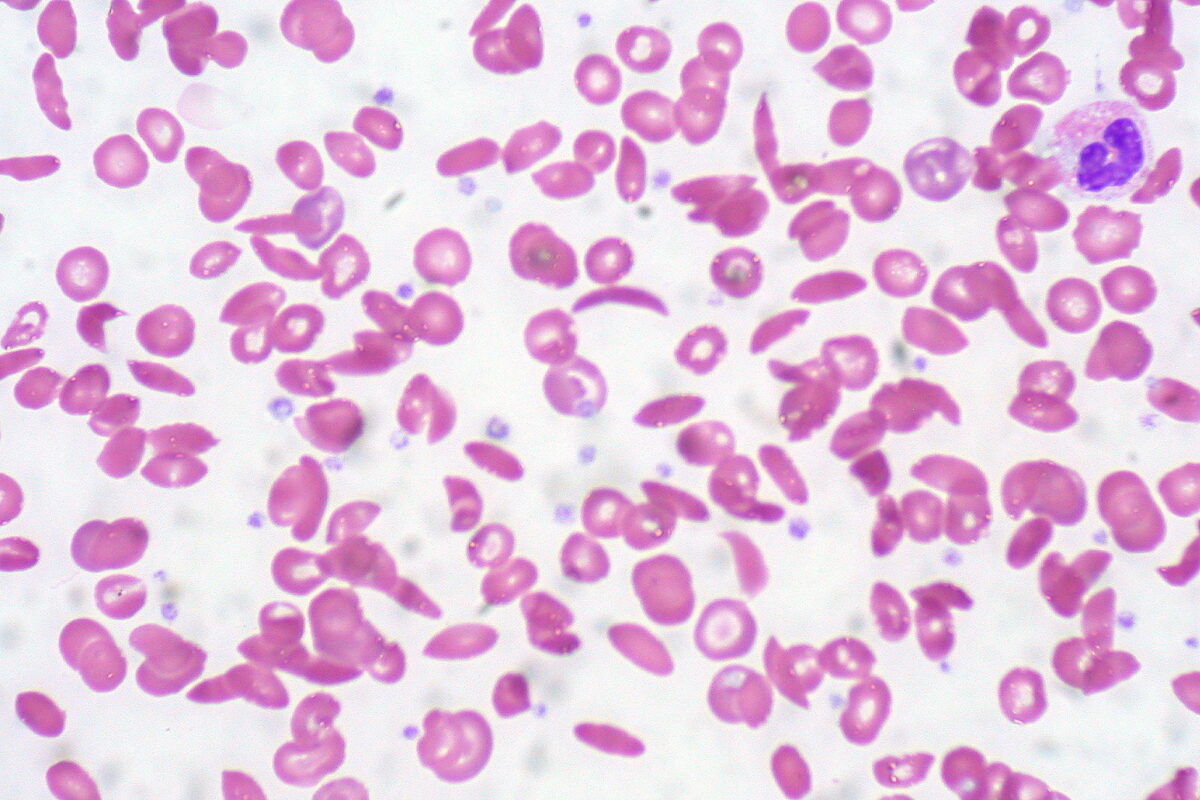
Overview Definition Sickle cell disease (SCD) is a group of genetic disorders that cause an abnormal Hb molecule (Hb S) that transforms RBCs into sickle-shaped cells, resulting in chronic anemia, vasoocclusive episodes, pain, and organ damage. Epidemiology[2] Etiology[10] Pathophysiology Normal adult hemoglobin molecule (HbA1) consists of 2 pairs of chains called alpha and beta.[10] Clinical […]